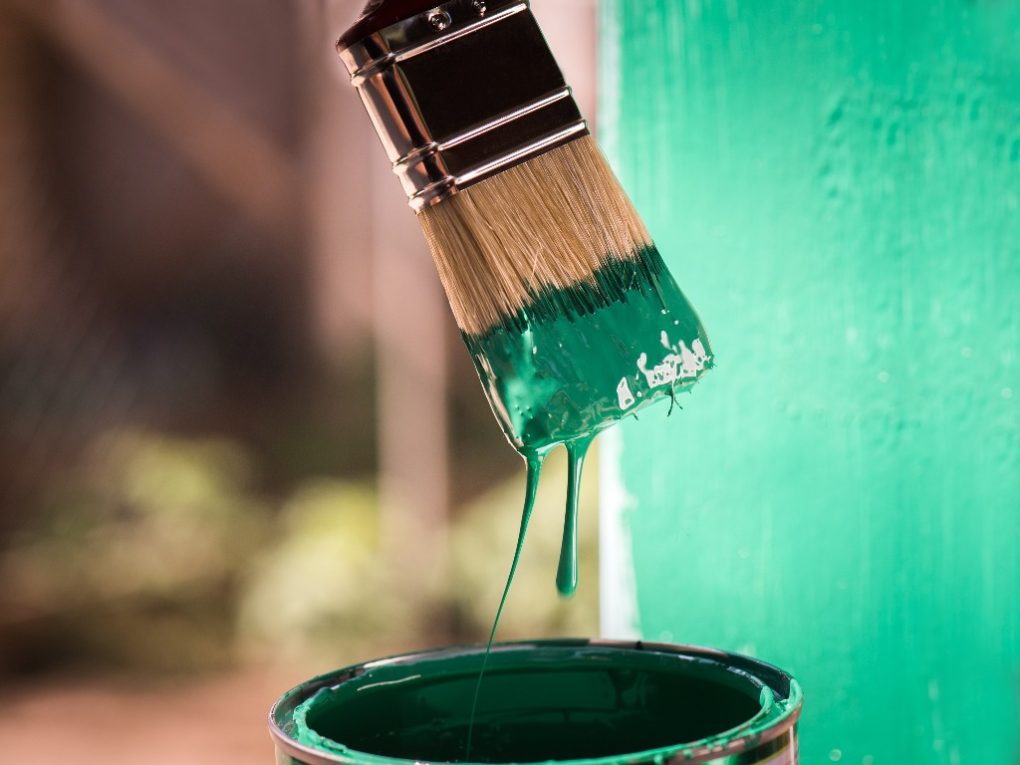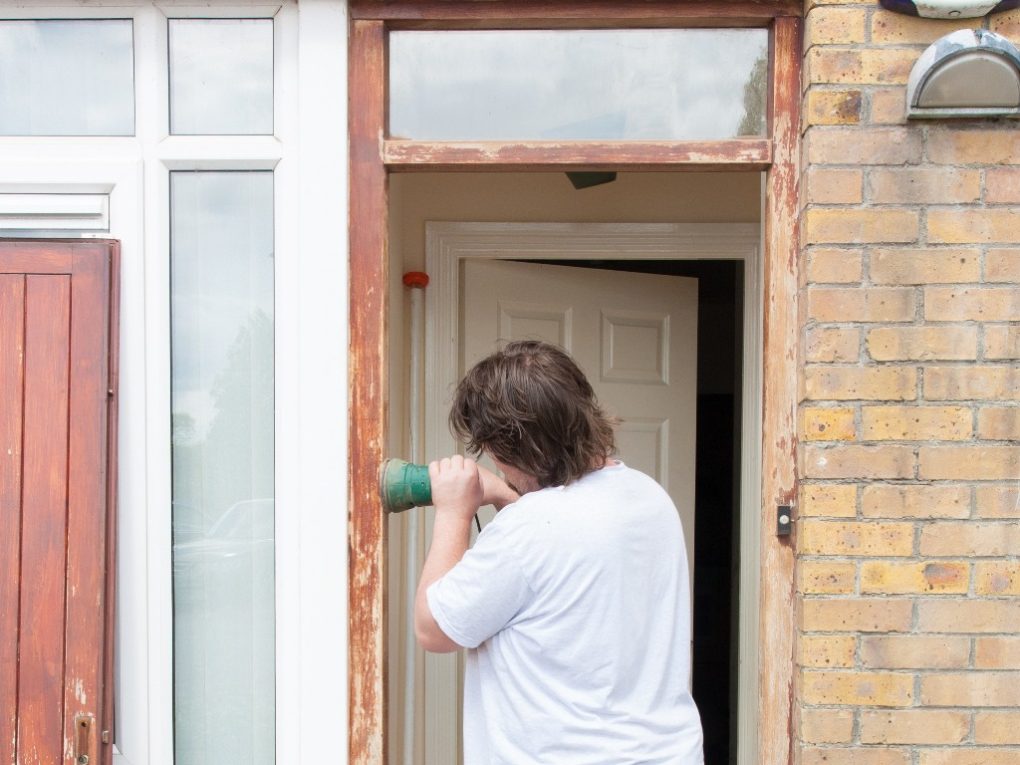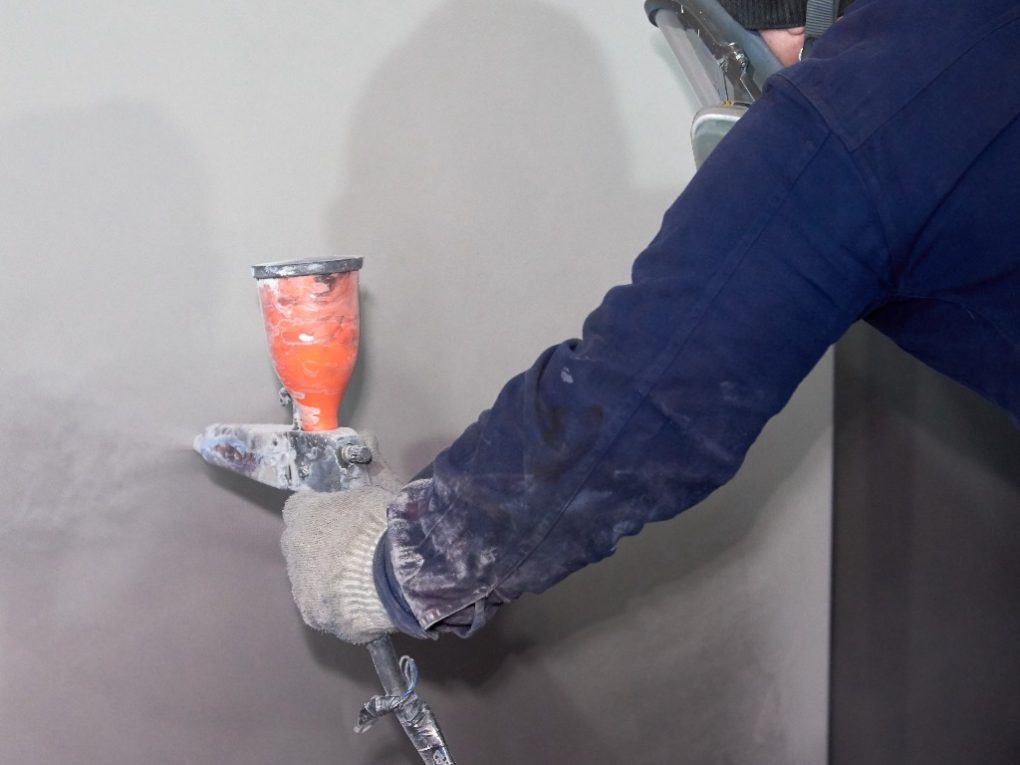What Kind of Paint to Use for Exterior Metal Doors: A Comprehensive Guide
One popular option for metal door paint is direct-to-metal (DTM) paint, specifically formulated on metal surfaces. DTM paint contains rust inhibitors and provides excellent adhesion, making it a great choice for exterior metal doors. Another option is high-quality, 100% acrylic paint, known for its fade-resistant and durable finish.


Types of Paint for Exterior Metal Doors
Metal doors are a popular choice for exterior doors due to their durability and longevity, confirming with Riviera Bronze. However, exposure to weather elements can cause the paint to fade or peel over time, making the door look old and worn out; therefore, choosing the right kind of paint is essential to ensure that the metal door stays in good condition for years to come.
Oil-Based Paint
Oil-based paint is a popular choice for exterior metal doors due to its durability and resistance to weather elements. It provides a tough and long-lasting finish that can withstand harsh weather conditions. However, it takes a long time to dry and requires mineral spirits for cleanup. Additionally, oil-based paint emits strong fumes, so proper ventilation is necessary during application.
Acrylic Paint
Acrylic paint is another popular choice for exterior metal doors; it dries quickly, has low VOC emissions, and is easy to clean with soap and water. Additionally, it is resistant to fading and chalking, making it an ideal choice for doors exposed to direct sunlight, but it may not be as durable as oil-based paint and may need more frequent touch-ups.
Epoxy Paint
Epoxy paint is a two-part coating with a hard, durable finish that resists chipping, cracking, and fading. It is ideal for metal doors that experience heavy use, such as commercial or industrial doors. Epoxy paint is resistant to chemicals, abrasion, and weather elements, making it a durable and low-maintenance option.


However, it is more expensive than other types of paint and requires proper surface preparation before application. In conclusion, choosing the right paint for exterior metal doors is crucial in ensuring the door stays in good condition for years. Each type of paint has pros and cons, and the selection ultimately depends on the specific needs and preferences of the homeowner.
Preparation for Painting
Cleaning the Door
Before painting an exterior metal door, it is important to clean it thoroughly. This will ensure that the paint adheres and lasts longer. Use a solution of warm water and mild detergent to clean the door. Scrub the door with a soft-bristled brush or sponge, paying special attention to any areas with dirt, grime, or grease. Rinse the door thoroughly with clean water and allow it to dry completely before proceeding to the next step.
Sanding the Door
After cleaning the door, sand it to create a smooth surface for the paint to stick to. Use fine-grit sandpaper (such as 400-grit) and sand the entire door surface, including recessed areas. Be sure to remove any loose paint, rust, or other debris. After sanding, use a vacuum with a dust attachment to clean off the door, then wipe it down using a wet rag to remove any remaining dust.


Priming the Door
I’ve learned that before painting an exterior metal door, it is important to prime it to ensure that the paint adheres properly and lasts longer. Use an exterior metal primer compatible with the type of paint you plan to use.
Apply the primer evenly to the entire door surface using a paintbrush or roller. Be sure to follow the manufacturer’s directions and notes for drying time and recoating. After the primer has dried completely, lightly sand the door’s surface with fine-grit sandpaper to create a smooth surface to the paint to adhere to.
Painting Techniques
Brushing
Brushing is the most traditional method of painting a door. It is a good technique for small areas or painting details such as panels and trim. To use this technique, use a high-quality paintbrush with synthetic bristles. Dip the brush into the paint and remove any excess paint by tapping it against the side of the can.
Start painting from the top of the door and work your way down. Use long, even strokes, and blend the brush strokes. Allow the first coat to dry completely before applying a second coat.
Rolling
Rolling is a faster door painting method and is a good choice for larger areas. To use this technique, use a high-quality foam roller. Pour the paint into a paint tray and roll the roller into the paint, removing any excess paint. Start painting from the top of the door and work your way down. Use long, even strokes, and blend the roller marks. Allow the first coat to dry completely before applying a second coat.
Spraying
Spraying is the fastest way to paint a door and is a good choice for large areas or multiple doors. To use this technique, use an airless sprayer. Follow the manufacturer’s instructions for setting up and using the sprayer. Use a mask and eye protection to protect yourself from the paint mist.


Start spraying from the top of the door and work your way down. Use long, even strokes, and be sure to overlap each pass. Allow the first coat to dry completely before applying a second coat.
